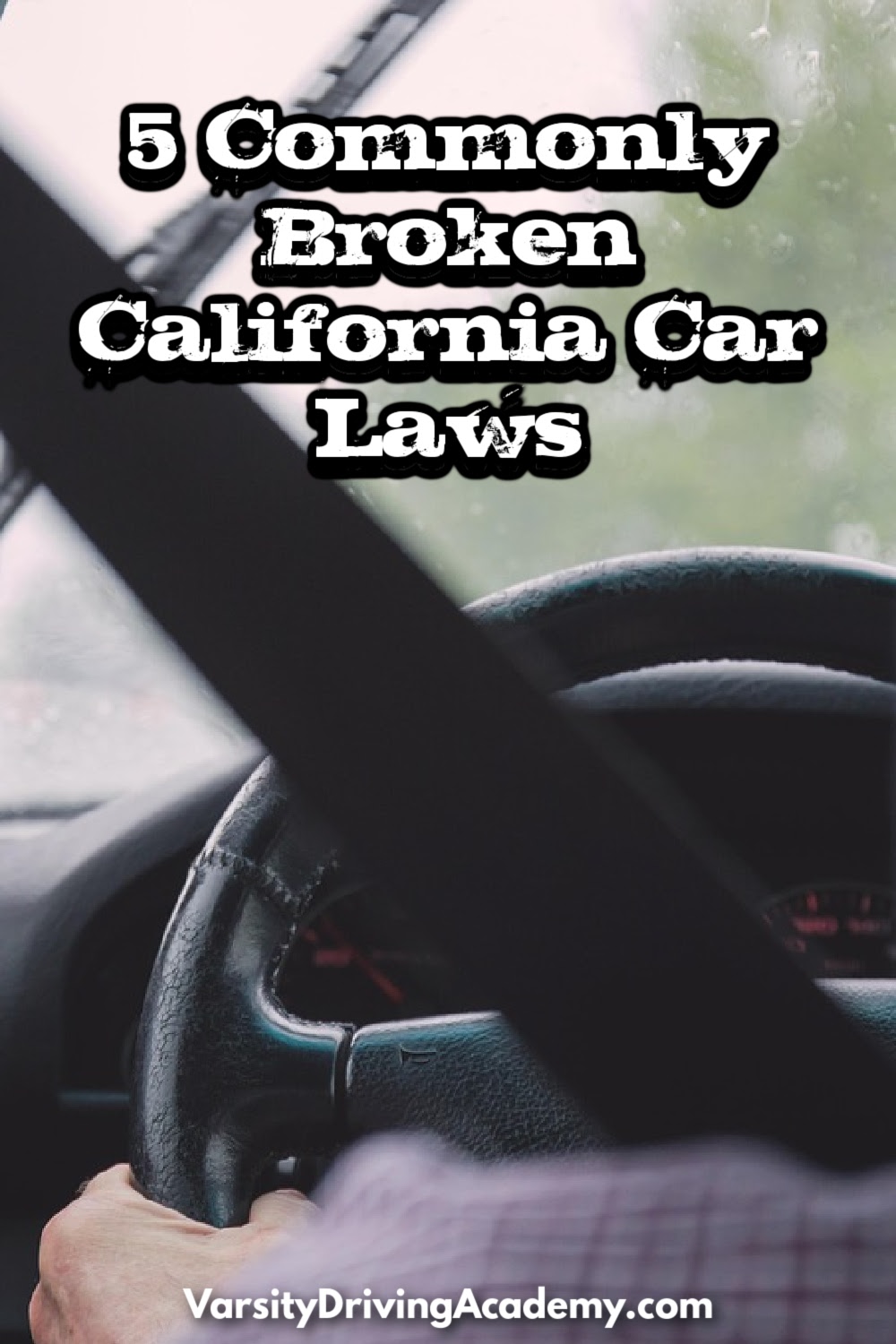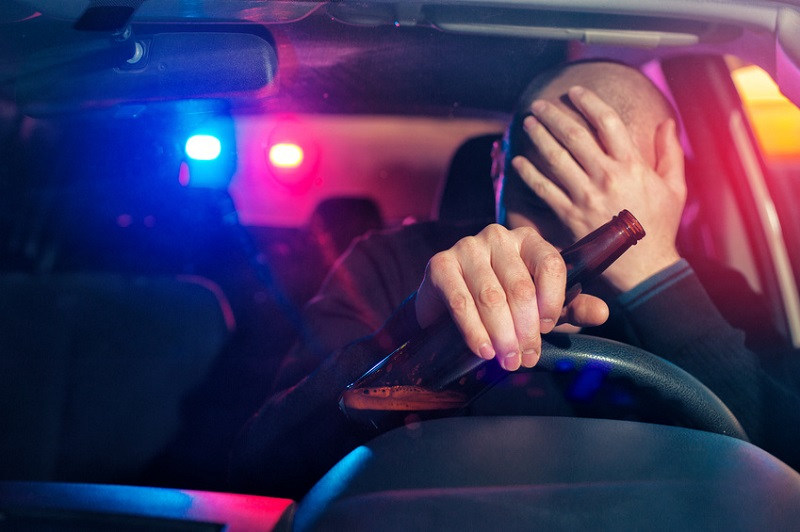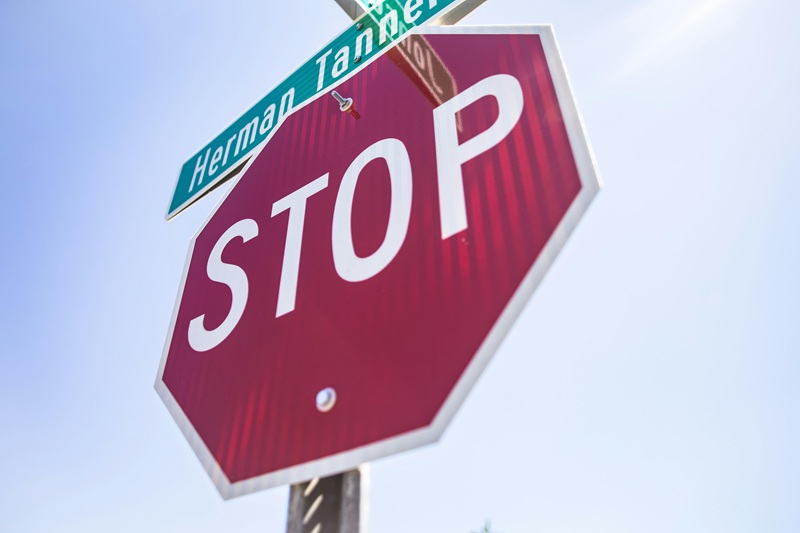5 Commonly Broken California Car Laws
Driving a car is like signing an agreement that you know driving laws and will follow them. Breaking those laws will result in getting a ticket or worse. Still, people break driving laws they deem unnecessary or in the way; these are commonly broken California car laws.

5 Commonly Broken California Car Laws
Knowing commonly broken California car laws can help us ensure we don’t break them and get a ticket from the police who are looking for these things. Police usually look for commonly broken laws while on patrol.
After all, they are more likely to find someone breaking a commonly broken law than one that everyone follows. New drivers are starting with a clean slate; why not aim to keep it that way? The top car law broken in California is speeding. Speeding is also the leading cause of accidents.
Some cities in California have even implemented speeding cameras that will automatically issue you a ticket for driving more than 11 MPH over the speed limit. It is far easier to just leave on time to arrive at your destination on time and avoid risking your life, the lives of others, or simply paying a big fine.

Distracted Driving in California
California laws state that anyone under the age of 18 should not use a phone while driving, even if it’s hands-free. All drivers need to avoid distracted driving, no matter their age. Using a phone, texting, removing hands from the wheel, eating, grooming, and reaching are all distractions.
Drivers should create safe driving habits like pulling over to the side of the road and putting the car in park to complete any of the above tasks.
Tailgating Laws
The three-second rule has been a staple in driving schools for decades. Unfortunately, it is one of the most commonly broken California car laws. The three-second rule is the practice of maintaining a distance of three seconds behind the car in front of you.
Imagine that the rear bumper of the car ahead is touching the front bumper of your vehicle. As the front car starts to move, you count three seconds before driving forward; that’s the three seconds’ worth of distance. This method is the safest way to drive, as getting any closer could be considered tailgating.

What is a Yield?
Yielding is another one of the commonly broken California car laws. The idea is simple: cars must sometimes yield to pedestrians, bicyclists, and even other vehicles. Think of it this way: pedestrians aren’t in a car, so it will take time to get to where they’re going. Your hurry doesn’t beat theirs.
A pedestrian should make it more than halfway across the crosswalk before you proceed. What is a proper yield? A yield is when you ensure your movement path is clear before proceeding. Unless the roads are apparent or you have ensured your movement path is clear, it should be treated like a stop sign.
Failing to Stop
Have you ever heard of the California stop? This became a popular term in the 90s. A California stop or California roll is when you approach a stop sign, and instead of completely stopping, you slowly roll through while checking the path is clear.
It became popular because it is one of the most commonly broken California car laws. We must come to a complete stop at every stop sign. Yes, this takes time, but smart drivers prepare for these sorts of things when deciding when to leave to get to where they want to go on time.



